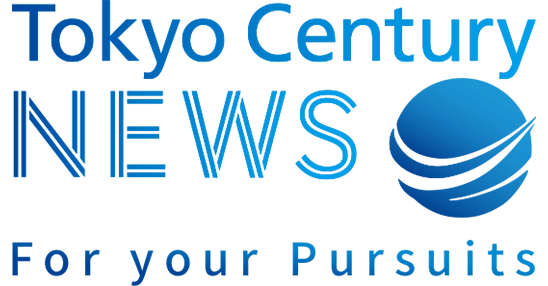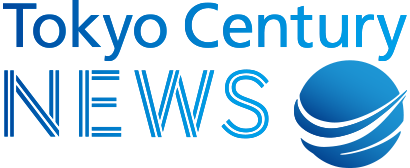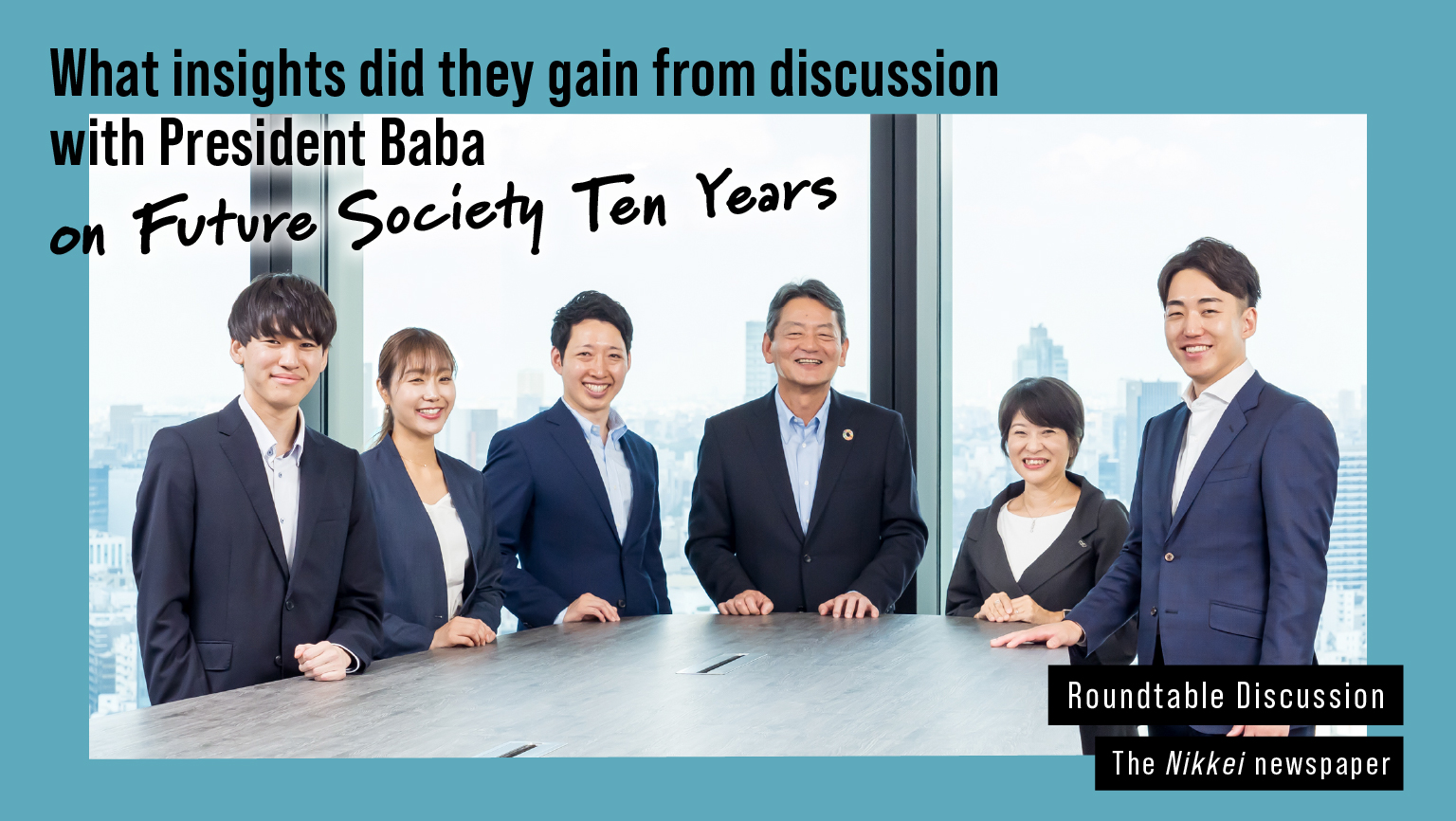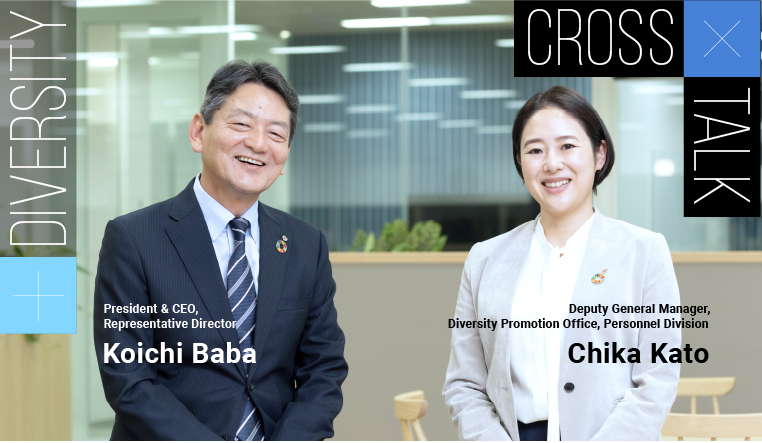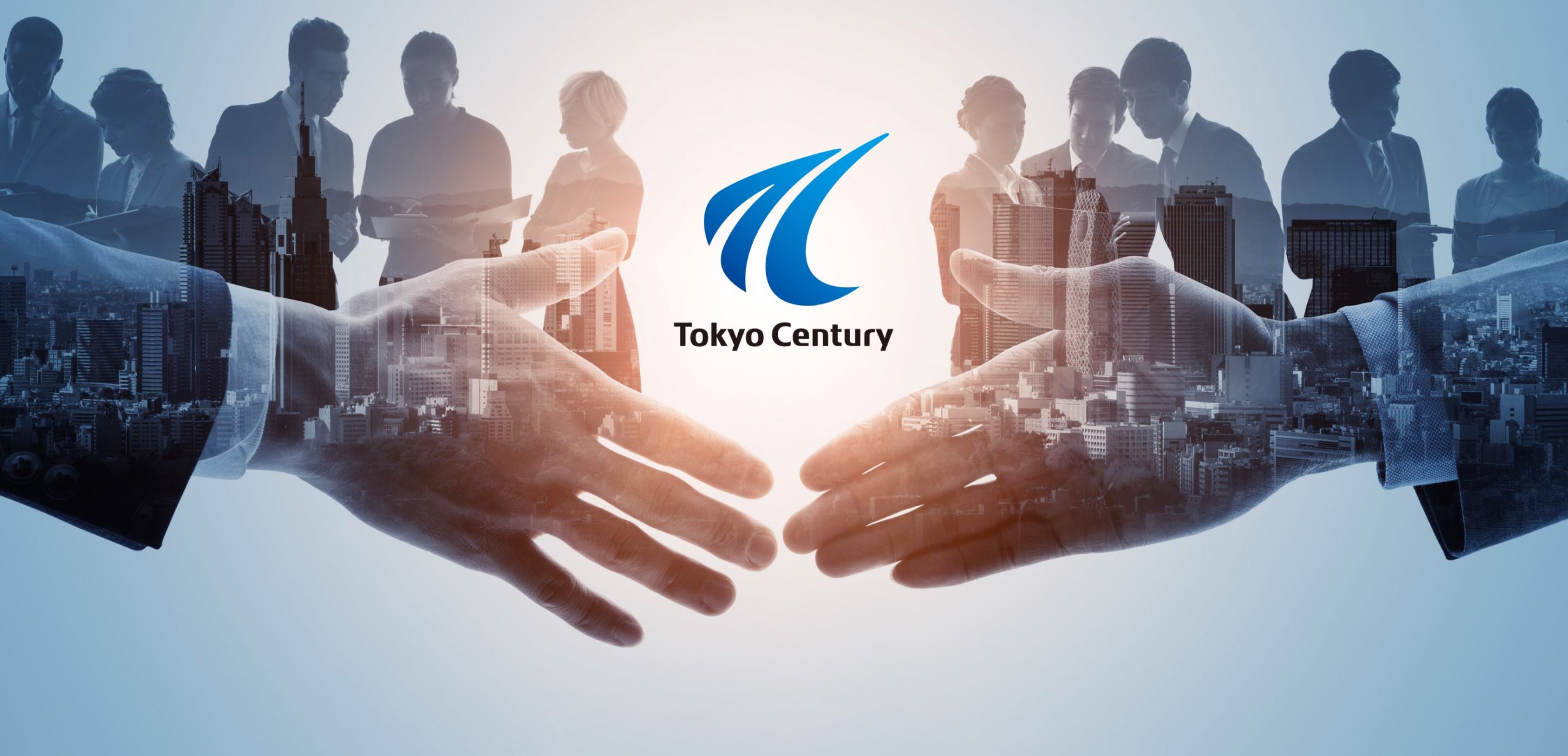
Our Thoughts Behind the Decision to Remove the Word “Leasing” Representing Our Business Category from Our Company Name Five Years Ago
Oct 1, 2021
In October 2016, we changed our company name from Century Tokyo Leasing Corporation to Tokyo Century Corporation. Why did we need to change the name and what thoughts went into this? What twists and turns occurred in the process of changing it? What is different now, five years later? And what is our vision of the future? We will share the thoughts of members of different sections of the Tokyo Century Group through a series of interviews. In this first issue, we asked Koichi Baba, Director and Senior Managing Executive Officer, and Keisuke Yamashita, General Manager of the Investor Relations Division, to look back on the name change project in which they had acted as direct leaders.
In-depth Discussions During the Process of Deciding on a New Company Name
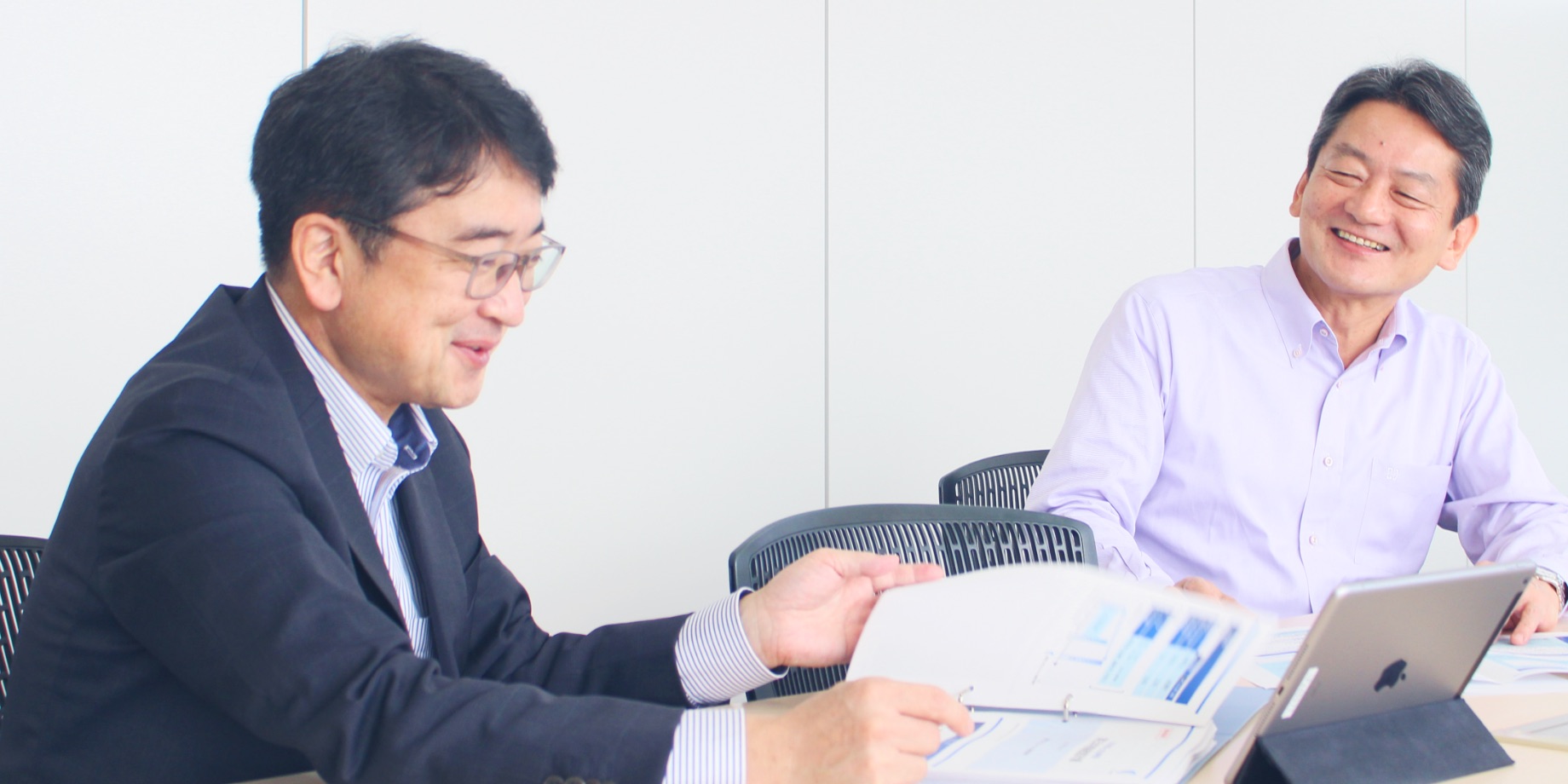
Keisuke Yamashita, General Manager of Investor Relations Division(left) /
Koichi Baba, Director and Senior Managing Executive Officer (right)
――October 1, 2021, will mark five years since the name change. Why was it changed at that time?
Yamashita: Tokyo Century was formed through a merger between Century Leasing System, Inc. and Tokyo Leasing Co., Ltd. in 2009. Since then, new business areas, namely mobility and fleet management, specialty financing, and international business, have expanded significantly and become part of our current four business areas. Immediately after the merger, equipment leasing accounted for 80% of the segment’s assets, but businesses targeting assets with the value of products, such as auto leasing, rental cars, solar power generation, aircraft, and real estate, had also grown through aggressive efforts. So, we had been engaged in a number of businesses that no longer fell under the category of leasing, which is one reason we decided to change the name.
Baba: Another reason was to declare our resolve as an organization. Before the name change, there had been some awareness within the company that in order for Tokyo Century to grow, we would need to evolve into an operating company that could provide a wide range of services beyond finance. Then, the discussion came from the idea that if we were to clearly convey our resolve internally and externally, we would need to take such a bold action as changing the company name.
――Can you explain the process of changing the name?
Baba: While we officially changed it in October 2016, the process really began two years before. The idea of changing the name was opened up for discussion for the first time around September 2014 at an executive training session.
Yamashita: After numerous discussions at management and board meetings, the new name was announced in May 2016 along with the third medium-term management plan.
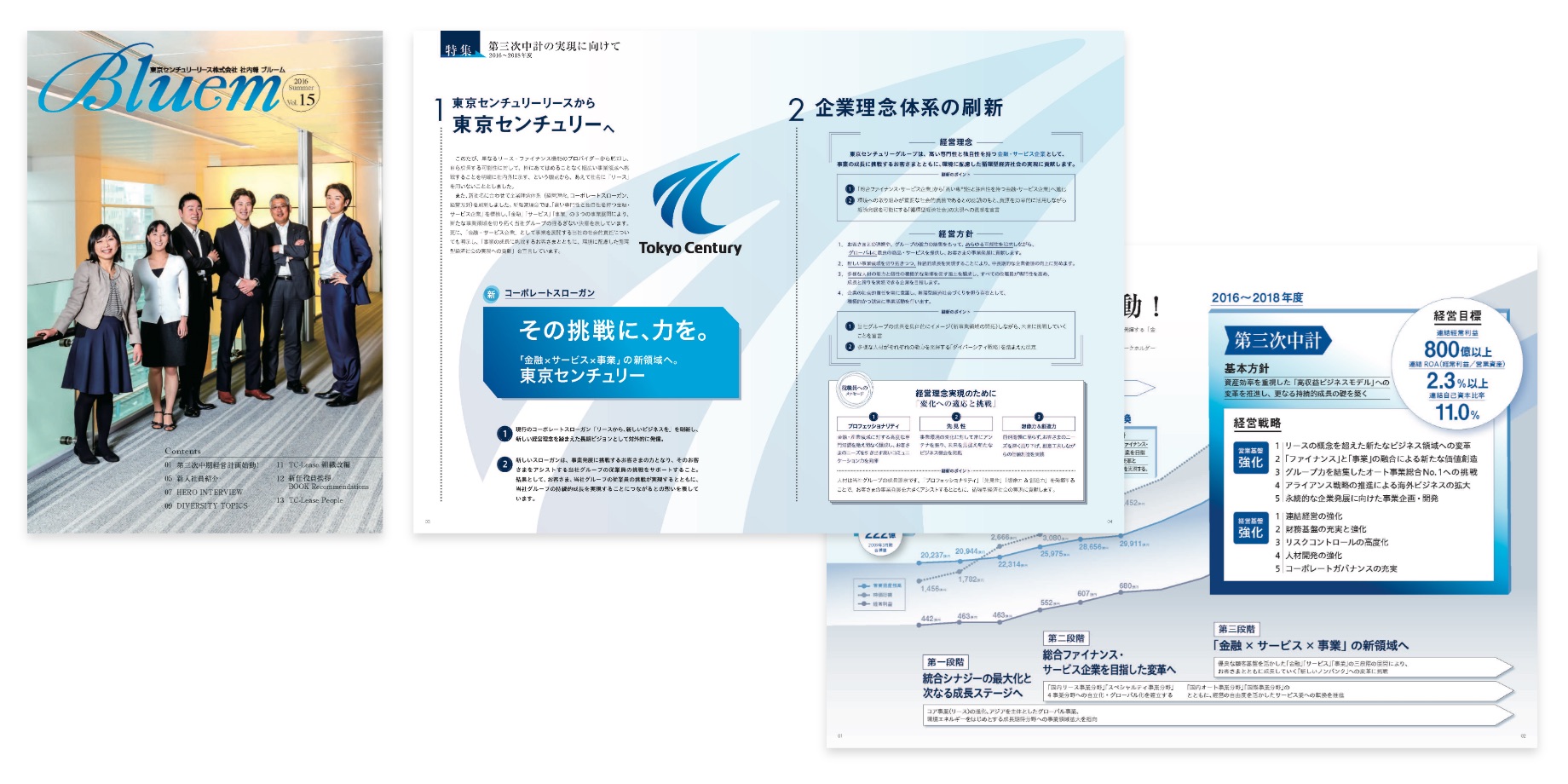
――How was the new name decided?
Yamashita: I think that generally there are two strategies for changing a company name: one is a top-down approach by management, and the other is for employees company-wide to choose a name from various options. In our case, Mr. Baba and I mainly served as the secretariat for this closely held matter and discussed it from various angles at management and board meetings. We held separate meetings with the executives, listened to their opinions and visions for the future, and developed several directions for the name change. Since changing a company name does not happen often, I was aware I’d have to carefully explain the significance of changing the name while researching trends in corporate name changes and how other companies had changed theirs, not to mention answering all kinds of questions from employees.
Baba: Over the course of exchanging opinions with board members, I basically thought from scratch but always kept in mind the three options of not changing the name at all, revising the current name, or selecting a completely different one.
As I discussed in detail the advantages and disadvantages of each option with the members, I gradually began to see the direction we should take. I remember well that many people said we should not leave out the words “Tokyo” and “Century,” in respect for the company’s accumulated history.
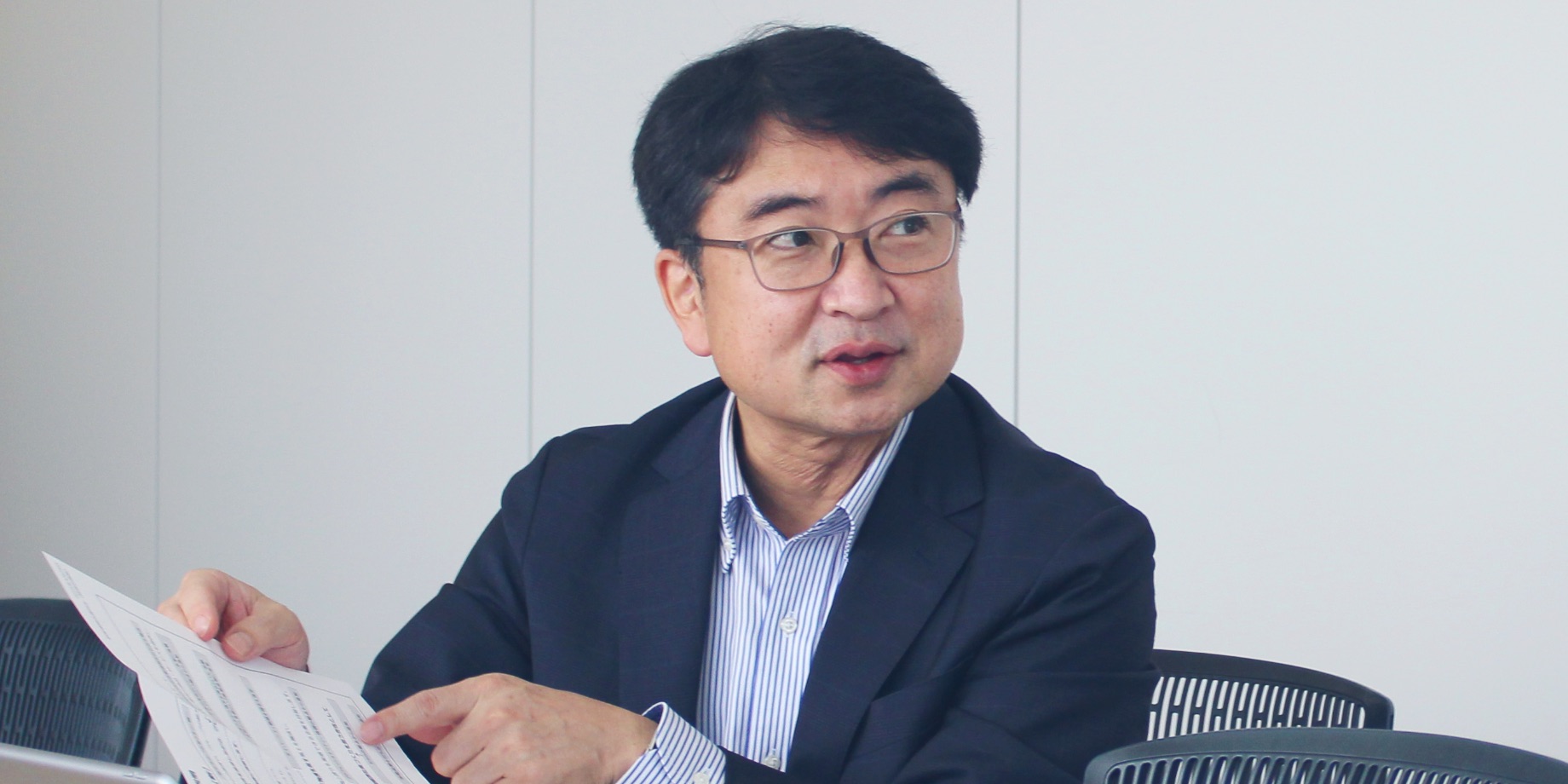
Yamashita: There was the idea of having “Tokyo Century” first to retain our original brand image, followed by a word suggesting the concept of finance, such as “finance,” “solutions,” or “capital.”
Baba: Even though our mobility and fleet management, specialty financing, and international business had potential for growth, in reality, equipment leasing accounted for the majority of our assets at the time. So, some members said that “Century Tokyo Leasing Corporation” was suitable for us since we were still substantially a leasing company and the name would not need to be changed.
In order to maintain our corporate stance of continuously challenging uncharted territory, however, we could not avoid the need to break away from limited frameworks such as leasing and finance. Without being constrained by business categories, and so that we could maintain our historical roots, we felt we should look to the future and pursue infinite possibilities. We needed to be prepared to anticipate emerging changes. With these thoughts in mind, and after thorough discussions, we decided to rename the company “Tokyo Century.”
Fostered Momentum for New Business Development and Swiftly Diversify Human Resources
――What practical issues have come up for you?
Yamashita: Mr. Baba and I were essentially the only people serving as secretariats when the new name was announced. After that, in May 2016, we set up a project team for the period leading up to the official name change in October. We had to race against time for about five months. There are many tasks related to a company name, including legal procedures, procedures for financial institutions, revamping the corporate website, and remaking printed materials. We started by listing all the divisions taking responsibility for the tasks associated with changing the company’s name and worked together as a team while meticulously making sure nothing was left out.
I clearly remember how particularly hard it was to change the registered English names of overseas subsidiaries. The related laws and application procedures differ from country to country, so it was an ongoing struggle.
Baba: We had a massive workload to implement the name change throughout the company, including branch signage, envelopes and documents, and email address domains. The work was endless.
Without the help of the many people involved, not to mention Mr. Yamashita and the hard-working project team members, I don’t think we could have made it in time.
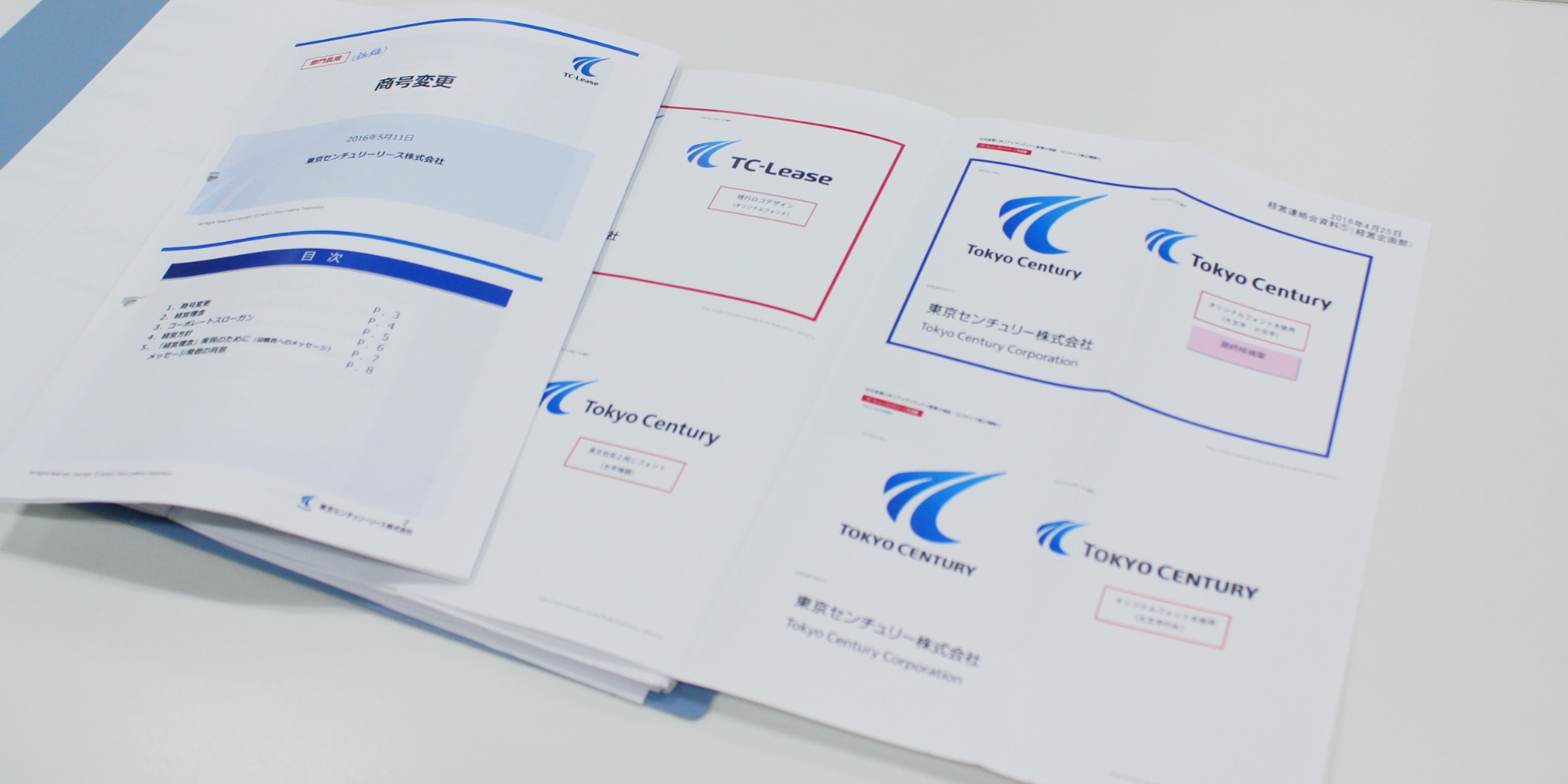
――How did your employees react to the name change?
Yamashita: I think that the level of psychological resistance and anxiety was particularly noticeable in employees in equipment leasing. They were a little concerned that removing “leasing” from the name meant that the leasing business would no longer be the company’s main focus. We made sure to carefully explain to all parties that that was not the case at all and that leasing as the company’s founding business would continue to be a key part of our organization.
On major focus during process was to make sure that employees viewed the new name as an opportunity instead of thinking we needed to prevent morale from declining and keep their spirits high.
Baba: As a result, I feel that the new name has encouraged every employee to continue pursuing their potential from a larger perspective, and the sense of determination we put into the name change has been realized in the recent creation of new businesses.
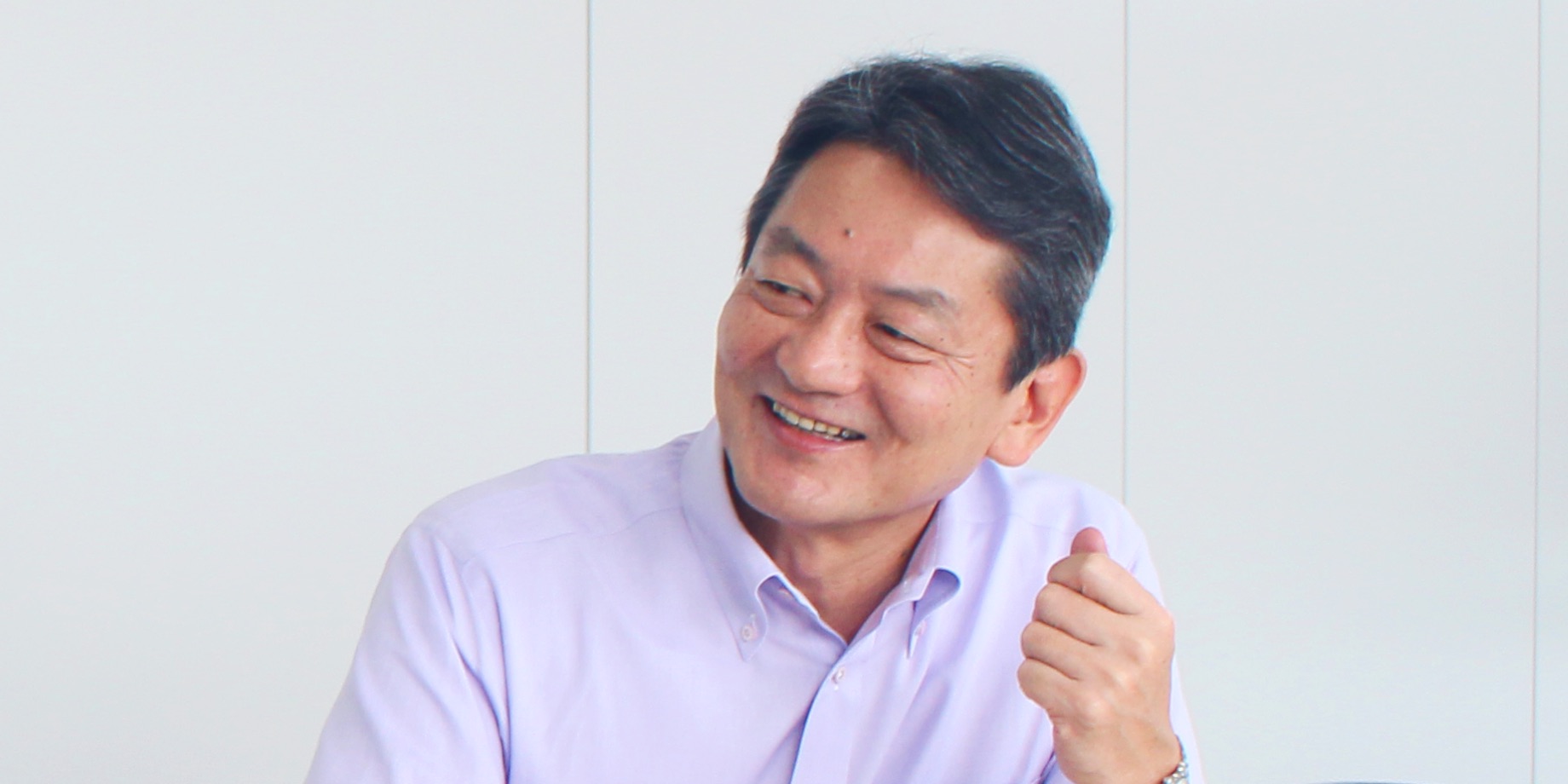
――What specific kind of changes have you noticed?
Baba: I feel that the momentum for boldly exploring new business fields with the experience we had gained in leasing is growing even stronger. We are also making steady progress in shifting from the old economy to the new one by leveraging digital technologies.
I have high hopes that a composite business approach based on the so-called OODA* loop, which takes into account individual creativity and market trends rather than simply focusing on PDCA cycles, will become mainstream in many of our divisions.
*Observe, Orient, Decide, Act is a term for the repeating loop of actions and adjustments, and not a one-time cycle.
Yamashita: Our corporate culture is also evolving. More employees are working as if they were in a trading company. I think this is the best proof that they are becoming more aware of applying our financial know-how to derive the value of products and seek out unique services. I also realize that the company is quickly diversifying as the numbers of new graduates and mid-career employees increased after the merger.
Renewed Management Philosophy Reaffirms that Tokyo Century’s Business Contributes to a Sustainable Economy and Society

――When the company was renamed in October 2016, its management philosophy was also changed. How did you select the phrase “contribute to the creation of a sustainable economy and society”?
Yamashita: When I reread our internal documents from that time, there was one statement that read, “We will conduct our business activities as an entity that plays a role in creating a sustainable economy and society from an ESG perspective.”
At that time, the term ESG was not so well known worldwide. However, I think we came up with this phrase because we were already aware of the 3Rs (reduce, reuse, and recycle) as a company that deals with leased properties.
Baba: The 3Rs represent our responsibility and mission as a leasing company. We are founded on the concept that we need to encompass the entire product life cycle, from introduction to disposal.
Social awareness of recycling has risen in Japan, probably due to the Basic Act on Establishing a Sound Material-Cycle Society, enacted in 2000. By 2015, the concept of a circular economy originated by the EU had spread around the globe. So, it may have seemed quite natural for us to contribute to the creation of a sustainable economy and society while balancing our corporate activities and with reduced environmental impact.
――Now that the SDG initiatives are actively being implemented, do you think that Tokyo Century’s management philosophy has been instilled in its employees?
Yamashita: As Mr. Baba mentioned earlier, we are practicing the 3R concept and promoting lifecycle management based mainly on the value of products. We lease properties to our customers, and after their contracts expire, we dispose of or recycle the assets in accordance with the Waste Management and Public Cleaning Act. We also circulate products in the secondary market.
Since this flow is part of our normal operations, which is not very unusual, we believe that developing our business will contribute to a sustainable economy and society.
Baba: I also want to highlight how our employees feel about our management philosophy.
Each and every employee of Tokyo Century is responsible for embodying our management philosophy. In order to solve social problems through our daily operations and lead the company to growth, placing too many burdens on our employees would do more harm than good.
Our goal is to create a recycling-oriented, sustainable society. I believe that our management philosophy also expresses our desire to establish an environment in which every employee can feel fulfilled and relaxed at work.
Opening a Dramatically Different Future Together, with a Sense of Global Unity

――Finally, would you please share your vision for the future?
Yamashita:Something I will remember about the renaming process is that when we merged in 2009, the name was changed to Tokyo Century Corporation in Japanese and to Century Tokyo Leasing Corporation in English-out of consideration for the former company names. So, during the current renaming effort, I proposed the name Tokyo Century Corporation, with the words in the same order in both Japanese and English to present a sense of unity following the merger of the former companies. It was a drastic decision, but after the name change, we received positive feedback from our overseas subsidiaries, who indicated it had made them more aware of their being part of the same group. Since then, the Tokyo Century Group has continued to expand globally, and I feel our sense of unity getting increasingly stronger. I hope we can work together as the company continues to evolve.
Baba: In the New Fourth Medium-Term Management Plan, we clearly state our intention to become a trusted service and business partner and a global corporate group bringing together diverse personnel playing active roles in ten years’ time. We will continue to work on raising employee engagement to achieve those goals.
I feel that our mission is to create an environment in which we can continue to take on challenges by fully applying our diverse capabilities and expertise and being flexible enough to think outside the box. I am also determined to shape our future together.
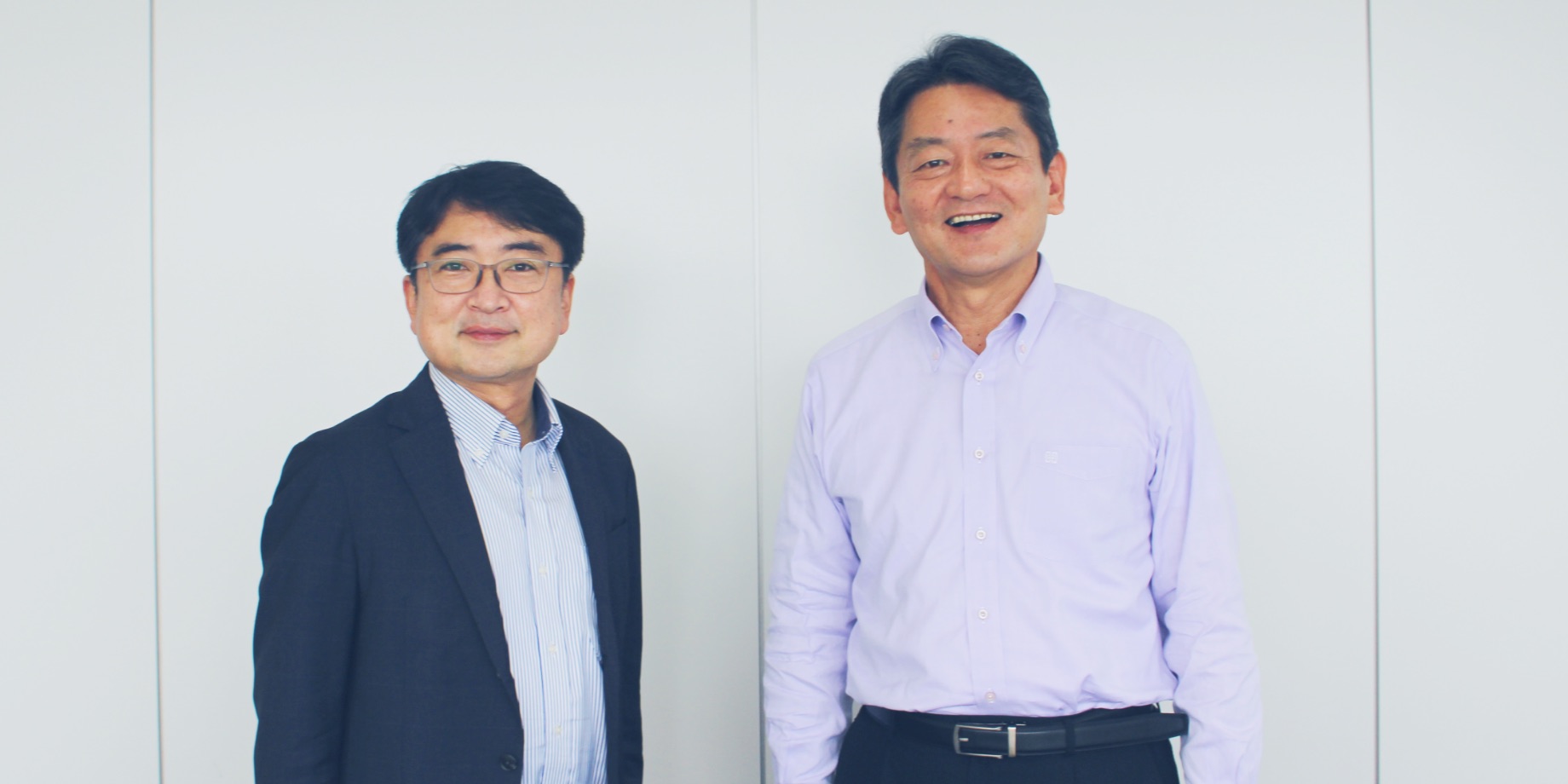
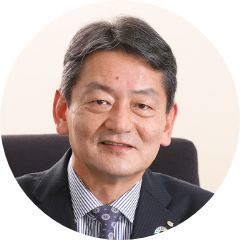
Baba Koichi
Director and Senior Managing Executive Officer President, Corporate Planning Unit
Joined Tokyo Century in 2014. In his current position as Chairman of the Sustainability Committee, he oversees a number of sustainability-related initiatives.

Yamashita Keisuke
General Manager of Investor Relations Division
Keisuke Yamashita joined Century Leasing System, Inc. (Currently Tokyo Century Corporation) in 1989.
After being responsible for sales in the Tokyo metropolitan area and Keihanshin metropolitan area, Mr. Yamashita has been involved corporate name change projects and the formulation of medium-term management plans since 2014. He has been serving as Joint General Manager of Corporate Planning Division since 2016, and General Manager of Investor Relations Division since 2017.
*The contents of the article and the position titles are as of the date posted.
RECOMMEND ARTICLES
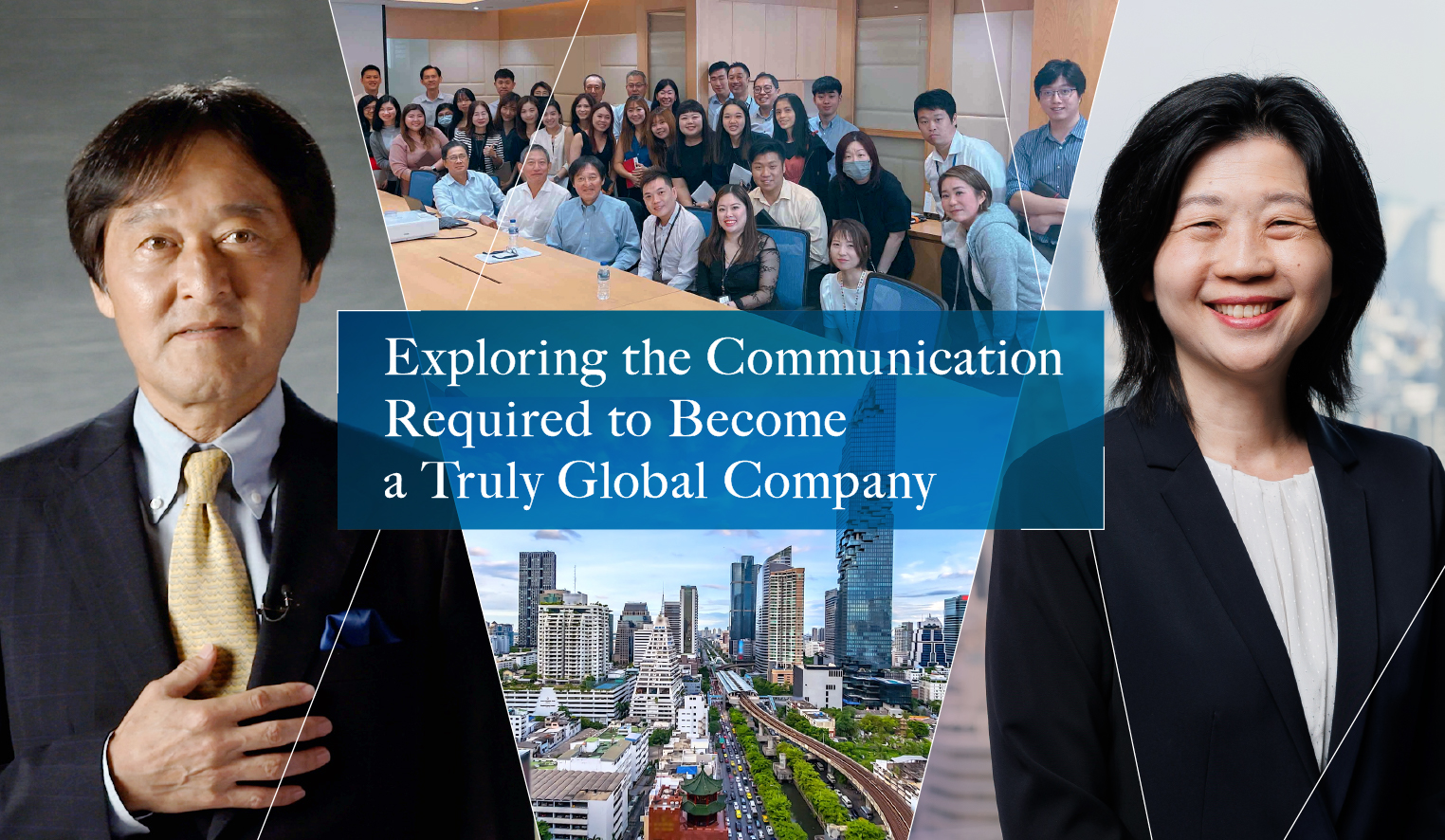
—Exploring the Communication Required to Become a Truly Global Company
Aug 21, 2024
Communication has be…

Dec 20, 2023
New risk factors hav…
